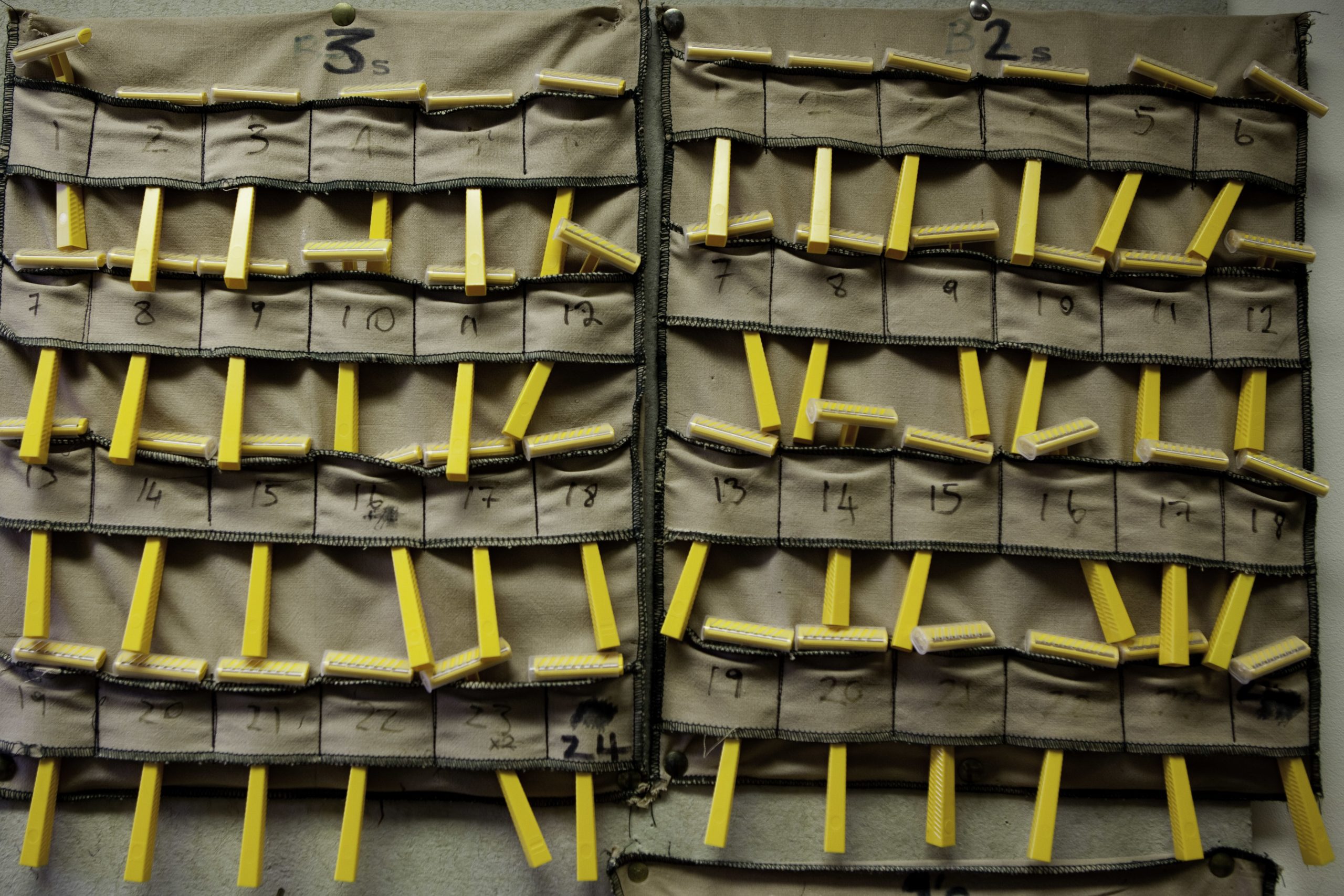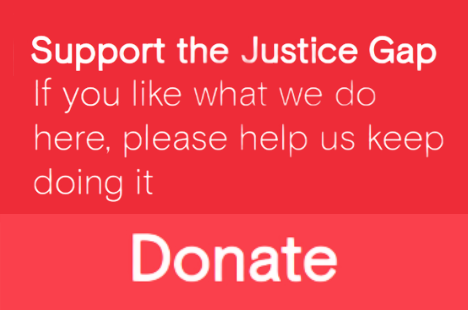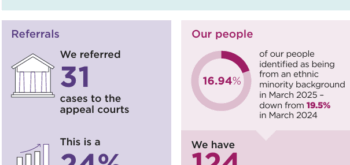[contextly_auto_sidebar]

Photograph by Andy Aitchison at PRISONiMAGE, (@prisonimage)
The sentencing council has today published its latest consultation, this time on the thorny subject of how much credit should be afforded to defendants who plead guilty. At first blush the proposals are underwhelming – they tinker around the edges of the existing levels of credit afforded to those who plead guilty.
But wider debates as to how much credit is appropriate rage on. At one end of the debate are what might be called the pragmatists, who would say that credit should be maximised to save the government money, and to ease the pressure on victims (the height of this was in 2011, when a proposal for 50% was rejected). At the other end are those who take a principled stance that any system of credit necessarily coerces innocent people into pleading guilty, and that the vast number of additional trials that would result from ending the system of credit is a price worth paying.
The system that currently exists seeks, to some extent, to strike a balance between the two positions – allowing some credit, but not too much. The question that remains is whether the balance has been correctly struck.
In general terms, the current guideline provides that defendants will receive one third discount for a plea at the earliest opportunity, 25% credit for a plea after the trial has been fixed, with a sliding scale thereafter, culminating in 10% credit for a plea ‘at the door of court’ (on the day of trial).
Pressure to plead
The draft guideline, proposed under the consultation, seeks to tinker with the credit afforded for tardy guilty pleas: entered after the first opportunity, but not at the door of court. The proposal to reduce the credit afforded to such individuals can be viewed as part of a wider and sustained effort to ensure that guilty pleas are entered as early as possible.
As the consultation document notes, 90% of those sentenced in the Crown Court during 2014 were convicted following a guilty plea. That statistic, and the drive to flush guilty pleas out earlier, underpins the ‘better case management’ (BCM) system now operating in the crown courts. It features robust plea and trial preparation hearings (PTPHs), sometimes referred to in the robing rooms as ‘pressure to plead hearings’.
The aim of achieving more and earlier guilty pleas faces insuperable barriers, as well as principled objections. The simple fact is that many guilty people are not ready to plead guilty at what is deemed the first opportunity, for various reasons. They may not have been served with the evidence, they may want to continue enjoying bail; or they simply might not be ready to face up to responsibility for their offending.
The consultation document is critical of a lack of consistency from judges, noting that judges appear to be affording more credit than the current guideline affords. The draft guideline hopes to “clarify” the levels of credit that are due, but the “problem” is not a lack of clarity in the existing guideline (if it is, the Council need to look inwards rather than outwards). It is that judges recognise that sometimes it is appropriate to allow substantial credit in the particular case (for example, a particularly vulnerable victim, or lengthy case). This type of judicial discretion, seemingly viewed as unhelpful, is being shut out in favour of a system of algorithms that has little to do with achieving justice.
So much for the guilty, but what of the innocent? The draft guideline says, disingenuously:
‘… the guideline is directed only at defendants wishing to enter a guilty plea and nothing in the guideline should create pressure on defendants to plead guilty.’
Of course, the entire purpose of the guideline is to ‘incentivise’ guilty pleas. And what, in real terms, is the difference between the stick that is an extra one third on top of your sentence if you are found guilty, and the carrot that is one third off your sentence if you plead? In reality, there is none.
The consultation document refers to research carried out by the Council in 2011, which suggested that it is the perceived strength of the prosecution evidence, rather than the person’s knowledge of their guilt or innocence, which is the main factor that influences guilty pleas. It was suggested that the amount of credit would, therefore, have little influence on influencing the behaviour of ‘offenders’, although it was acknowledged that the research was only carried out with only a small volume of convicted offenders.
Perhaps a more fruitful study would be to ask those acquitted how close they came to pleading guilty, and what the factors were that led them to the precipice?
Overall, the amount of credit now afforded probably strikes a reasonable balance. The proposals for 50% credit to be afforded, floated in 2011, would surely have gone too far; but credit still plays an important part so far as the guilty are concerned.
As for the innocent, credit cannot be viewed in isolation. It is part of an array of incentives and pressures, which can sometimes conspire to produce the wrong result. This can include bad advice, pressure from judges, confiscation orders, and fear of the alternative (including a longer sentence). When considered in the round it can be seen how, in some cases, ‘the system’ places undue pressure on the innocent, of which credit plays its part.






